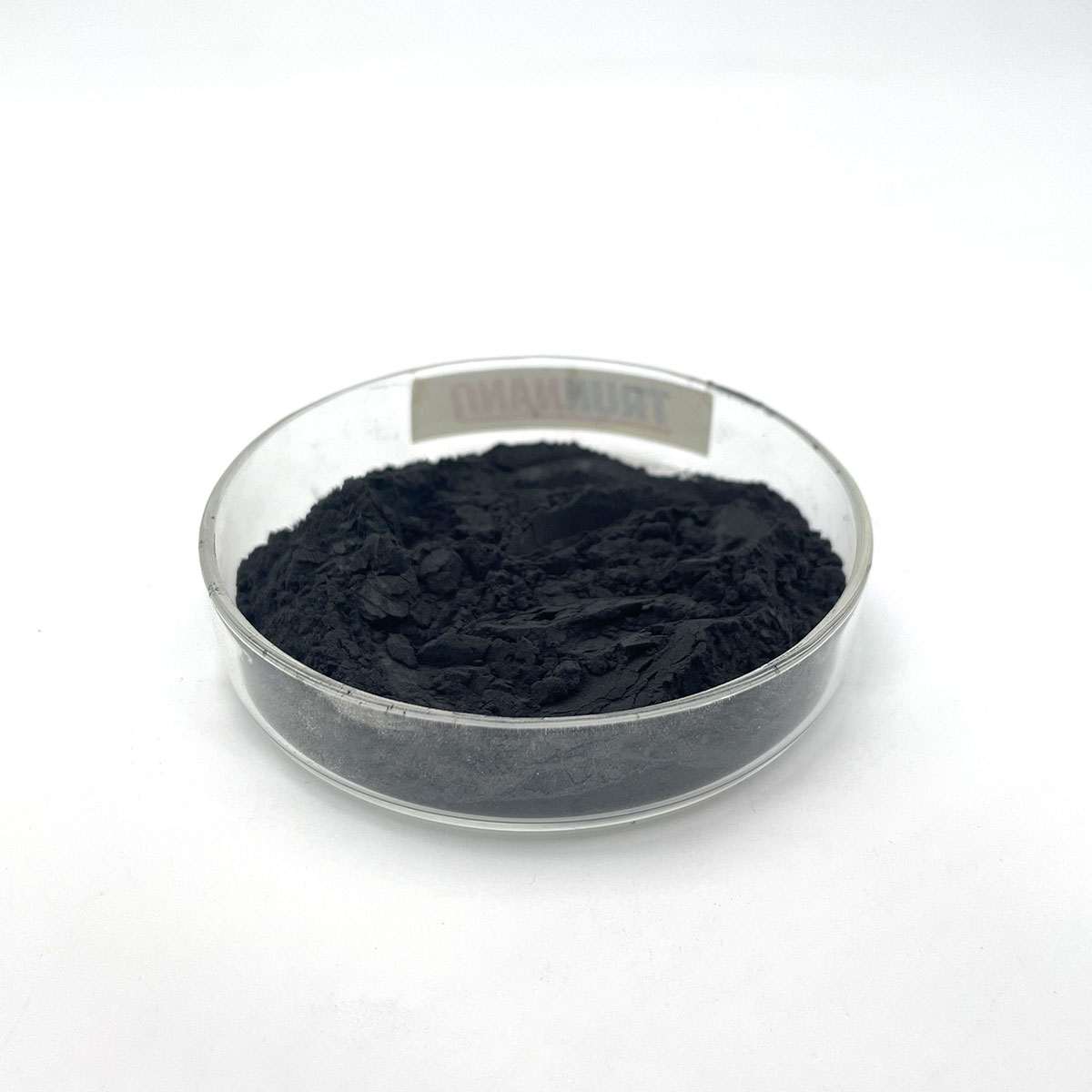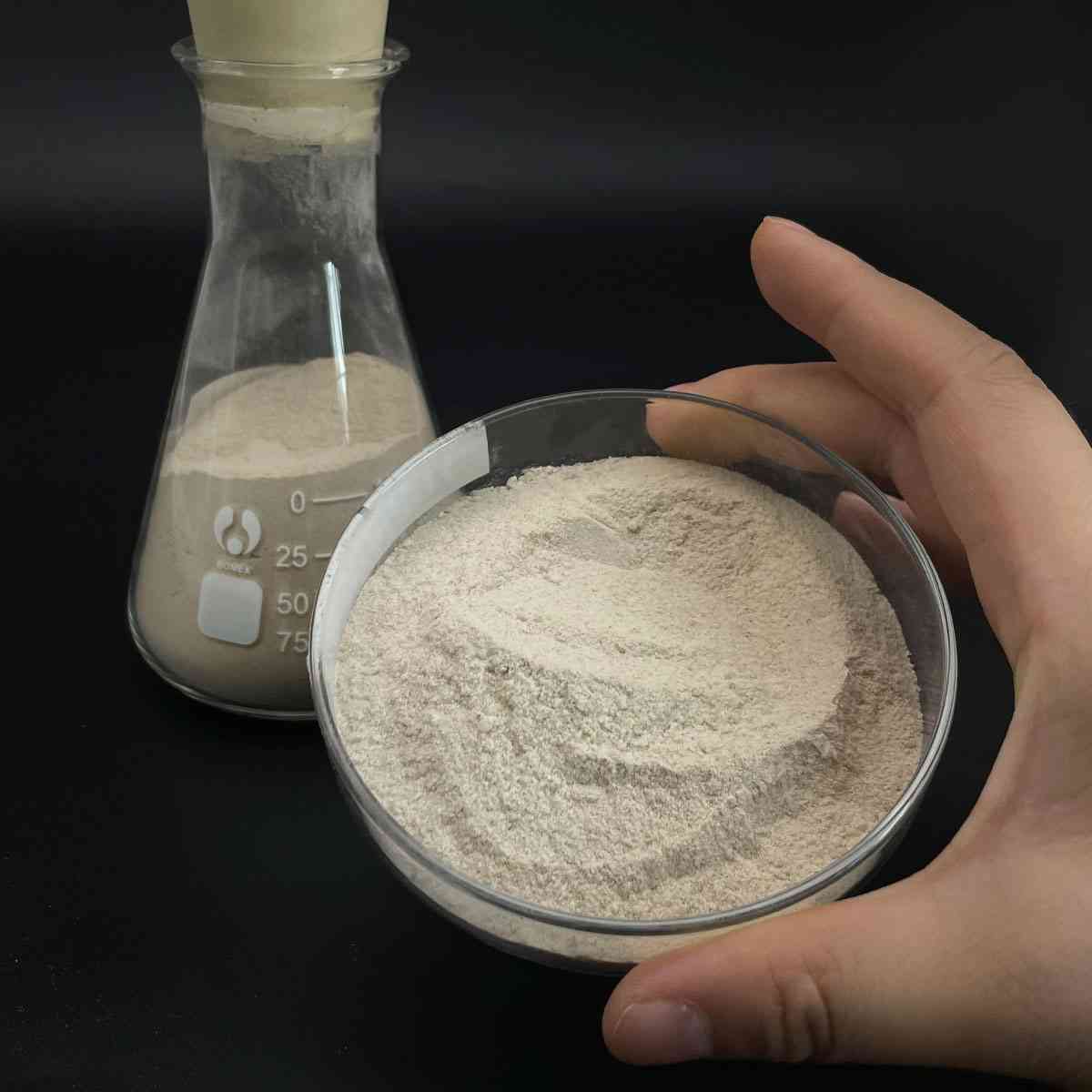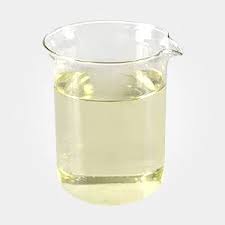Overview of Cationic Anionic Nonionic Polymer Flocculant PAM Polyacrylamide for Oil Exploration Paper Making
Nonionic surfactants are a class of surface-active agents that do not carry an electrical charge in aqueous solutions, distinguishing them from ionic surfactants like cationics and anionics. They are composed of a hydrophilic (water-loving) head group and a hydrophobic (oil-loving) tail, which allows them to reduce surface tension between fluids and facilitate interactions between substances that are normally immiscible. Their neutrality makes them stable over a wide pH range and compatible with other types of surfactants, making them highly versatile in numerous applications.
Features of Cationic Anionic Nonionic Polymer Flocculant PAM Polyacrylamide for Oil Exploration Paper Making
-
Neutral Charge: Lack of charge leads to compatibility with both anionic and cationic substances, reducing the risk of precipitation or instability in formulations.
-
Wide pH Stability: Function effectively across a broad pH range, making them suitable for diverse chemical environments.
-
Solubility: Readily soluble in both water and organic solvents, enhancing their utility in cleaning, emulsification, and dispersion processes.
-
Low Foam Profile: Many nonionic surfactants generate less foam compared to their ionic counterparts, beneficial in applications where excessive foam is undesirable.
-
Wetting and Spreading: Excellent at reducing surface tension, promoting wetting and spreading of liquids on surfaces, improving cleaning and coating processes.
-
Emulsification: Efficiently stabilize oil-in-water or water-in-oil emulsions, depending on their structure, which is crucial in formulations like cosmetics, agrochemicals, and food products.

(Cationic Anionic Nonionic Polymer Flocculant PAM Polyacrylamide for Oil Exploration Paper Making)
Specification of Cationic Anionic Nonionic Polymer Flocculant PAM Polyacrylamide for Oil Exploration Paper Making
Cationic, anionic, and nonionic polyacrylamide (PAM) polymers are high-performance flocculants extensively made use of in oil expedition and paper production industries. These water-soluble polymers are engineered to enhance solid-liquid separation, enhance procedure performance, and minimize environmental effect. Below are vital specs and applications for each type:
** Cationic PAM **: This polymer carries a positive fee, with a cost thickness usually ranging from 5% to 50%. It has a high molecular weight (8-12 million Daltons) and is very effective in treating wastewater including organic matter, such as in oilfield drilling muds or paper mill effluents. In paper making, cationic PAM acts as a retention aid, boosting fiber and filler retention while reinforcing paper sheets. For oil expedition, it assists in supporting drilling liquids and lowering fluid loss.
** Anionic PAM **: With an adverse charge density of 5% to 40%, anionic PAM has an ultra-high molecular weight (12-20 million Daltons). It masters accumulating put on hold solids in alkaline conditions, making it suitable for mineral handling, oil sludge dewatering, and wastewater therapy in oilfields. In paper manufacturing, it boosts water drainage prices and improves the harmony of paper pulp.
** Nonionic PAM **: This type has minimal cost density (

(Cationic Anionic Nonionic Polymer Flocculant PAM Polyacrylamide for Oil Exploration Paper Making)
Applications of Cationic Anionic Nonionic Polymer Flocculant PAM Polyacrylamide for Oil Exploration Paper Making
Cationic, anionic, and nonionic polyacrylamide (PAM) flocculants are functional polymers widely utilized in oil exploration and paper making as a result of their remarkable efficiency in separation, viscosity alteration, and wastewater monitoring. In oil expedition, these polymers play crucial duties throughout several phases. Anionic PAM is typically utilized in exploration liquids to improve viscosity, support boreholes, and minimize rubbing, guaranteeing smooth exploration operations. During enhanced oil recovery (EOR), anionic PAM is infused into tanks to increase water viscosity, displacing trapped oil and enhancing removal rates. Post-extraction, cationic PAM excels in dealing with oilfield wastewater by accumulating suspended solids, emulsified oil, and pollutants right into bigger flocs, making it possible for less complicated separation and compliance with environmental criteria. Its strong cationic charge counteracts adversely billed fragments, speeding up sedimentation and filtering.
In paper production, PAM polymers enhance manufacturing procedures and waste administration. Cationic PAM functions as a retention and drain aid, binding great cellulose fibers, fillers, and additives to boost sheet development and lower worldly loss. This improves paper strength and quality while speeding up water drain on the wire mesh, improving manufacturing efficiency. Nonionic PAM is utilized in situations needing pH nonpartisanship or reduced ionic interference, supporting processes without influencing chemical balances. For effluent therapy, anionic and nonionic PAM clarifiers accumulated organic matter, dyes, and solids in paper mill wastewater, creating clearer effluent that meets regulative discharge standards.
Both sectors gain from PAM’s flexibility, cost-effectiveness, and ecological conformity. Its customized cost thickness and molecular weights permit precise application tuning, minimizing functional expenses and source waste. By enhancing procedure performance, decreasing energy consumption, and ensuring sustainable wastewater administration, PAM polymers stay important in oil and paper industries, supplying trusted performance while sustaining eco-friendly methods. Their ability to address complex commercial challenges highlights their value in modern manufacturing and resource extraction.
Company Profile
SurfactantChina is a trusted global chemical material supplier & manufacturer with over 12-year-experience in providing super high-quality surfactant and relative products.
The company has a professional technical department and Quality Supervision Department, a well-equipped laboratory, and equipped with advanced testing equipment and after-sales customer service center.
If you are looking for high-quality surfactant and relative products, please feel free to contact us or click on the needed products to send an inquiry.
Payment Methods
L/C, T/T, Western Union, Paypal, Credit Card etc.
Shipment
It could be shipped by sea, by air, or by reveal ASAP as soon as repayment receipt.
5 FAQs of Cationic Anionic Nonionic Polymer Flocculant PAM Polyacrylamide for Oil Exploration Paper Making
**What is cationic, anionic, and nonionic PAM, and how do they function in oil exploration and paper making?**
Cationic, anionic, and nonionic polyacrylamide (PAM) are water-soluble polymers categorized by their charge properties. In oil exploration, anionic PAM is widely used as a viscosifier in drilling fluids to enhance lubrication and reduce friction, while cationic PAM aids in wastewater treatment by flocculating negatively charged particles. Nonionic PAM works in scenarios requiring pH neutrality, such as stabilizing clay during drilling. In paper making, cationic PAM improves retention of fine particles and drainage efficiency, anionic PAM strengthens paper sheets, and nonionic PAM serves as a dispersant for uniform fiber distribution.
**How do I choose the right type of PAM for my application?**
Selecting the correct PAM depends on the target application and the charge of suspended particles. For oilfield wastewater with organic sludge, cationic PAM is ideal due to its positive charge neutralizing negatives. Anionic PAM suits mineral-rich wastewater or enhanced oil recovery for viscosity control. Nonionic PAM is preferred in neutral or low-ionic environments, like certain paper pulping processes. Lab tests (jar tests) are recommended to determine compatibility.
**What is the recommended dosage for PAM in industrial processes?**
Dosage varies based on water quality, particle concentration, and desired results. Typically, 0.1–10 ppm is sufficient for wastewater treatment, while paper making may require 0.05–0.5% of dry fiber weight. Overdosing can cause re-stabilization of particles or excessive foam. Start with small doses and adjust through pilot testing.
**Is PAM environmentally safe for oil and paper industries?**
PAM itself is non-toxic and biodegradable when free of acrylamide monomers. Reputable manufacturers ensure residual monomer levels comply with standards (e.g., ≤0.05% in drinking water applications). Proper handling prevents environmental risks. However, non-biodegradable variants should be avoided in sensitive ecosystems.
**How should PAM be stored, and what is its shelf life?**
Store PAM in a cool, dry place away from moisture and direct sunlight. Sealed original packaging prevents clumping. Powdered PAM has a shelf life of 12–24 months, while liquid emulsions last 6–12 months. Avoid freezing or high temperatures (>40°C) to maintain efficacy. Test product activity before use if stored beyond recommended periods.

(Cationic Anionic Nonionic Polymer Flocculant PAM Polyacrylamide for Oil Exploration Paper Making)





